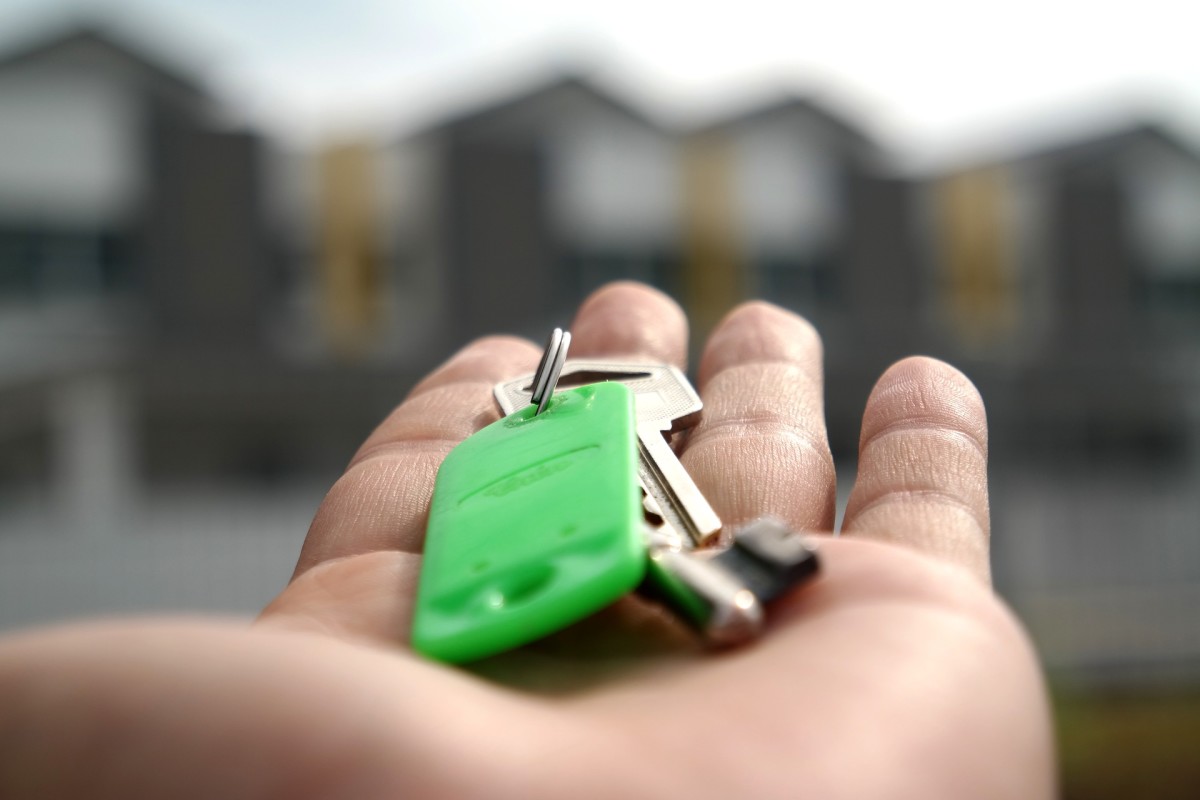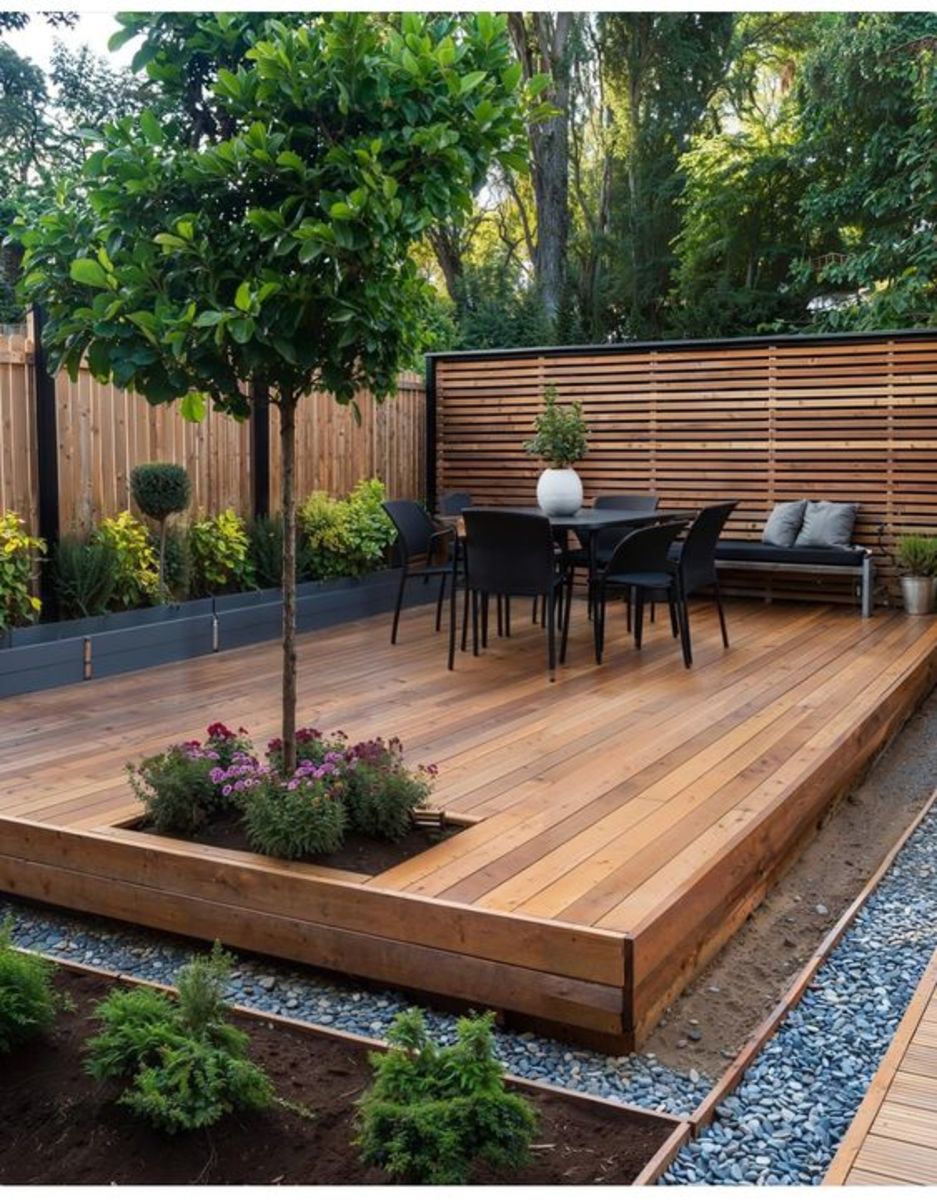How to Greenify Your Home
Going green is not only great for the environment but has become economically viable for most Americans as well. No longer are most green appliances or updates to the home out of reach for middle class citizens; as technology has improved the costs of these items have become much more affordable and accessible to homeowners. Not only has the price decreased played a huge role but society’s acceptance of climate change has drastically increased in the past decade and it’s no longer weird to be concerned about your own carbon footprint. The goal of this post is to help the average home buyer find ways to lower their impact on the environment and in turn safe some cash as well. I’ll walk through three small, medium, and major changes that are bucketed in each category due to cost or time involved.
Small
- Replace your Paper Towels: Paper towels are incredibly convenient but are terrible for the environment. Each sheet only lasts for one use and then is tossed into the trash. Look to buy a stock pile of dish towels that you can wash on a regular basis.
- Light Bulb Changes: We all know that incandescent lights use more energy. Go through your home and replace as many light bulbs as you can with new LED bulbs. Not only are these models more efficient, but often your energy company will send you some to get started.
- Organic Fibers: Cotton production can emit a lot of carbon emissions per year. Look for organic cotton and/or fleece when looking to replace things such as jackets, sheets, curtains etc.
Medium
- Low-Flow Shower Head: Water can be a scare resource especially for those of you who live out west. Consider changing your shower head to a low flow model to save on water consumption throughout the year. There are some great models on the market that may make the change easier if you enjoy a higher-pressure shower.
- Wash Laundry Cold: Water heating costs can add up very quickly and it’s estimated that water heaters are the second largest energy user in our households. Not only is it good for your wallet and the environment to wash clothes cold, you typically don’t have to sort out your lights and darks which will save an extra load as well!
- Install Programmable Thermostat: Programmable thermostats like the Nest allow homeowners and residents to set their energy use to tailor their schedule. By only using the energy when the residents are home, you can dramatically cut down on your energy use.
Large
- Solar Panels: With new technology making solar panels viable for virtually every climate now and much more cost effective, it’s a large project to consider adding to your home. Paired with new home battery technology, this could become a massive green addition and could provide returns quickly.
- Low Flow Toilet: As illustrated above, water consumption is a big part of energy waste. By installing a low flow toilet you can ensure you are doing everything possible to reduce your water consumption. Pick a Saturday, buy a green toilet and invite some buddies over to help install.
Energy Efficient Appliances: While a large upfront cost, replacing your old appliances with new energy efficient models and save a tremendous amount of money over the course of several years. Look to upgrade appliances one by one that way the cost isn’t so much upfront.






